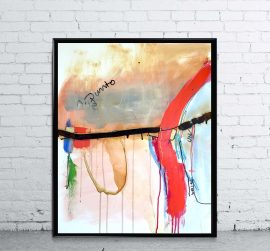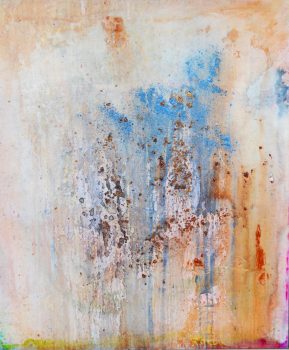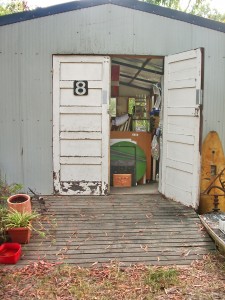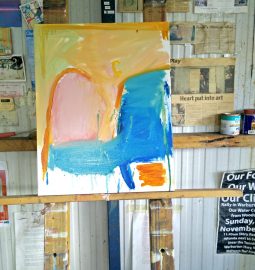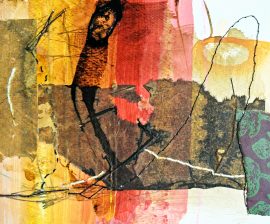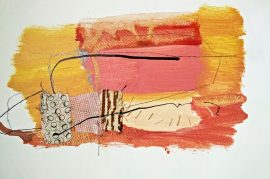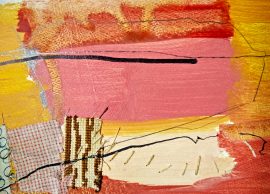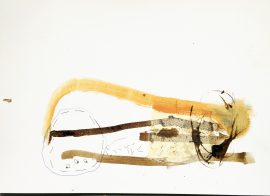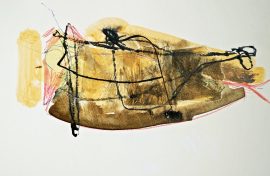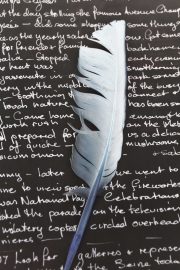Arts Business Ideas. Artist’s Websites. Jenny Davis.
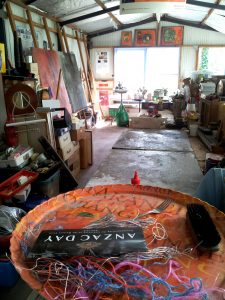
Over the past 14 years, I have been promoting and selling my art online, as well as, exhibiting my artwork worldwide. I have also had many artists contact me, during this time, wanting to know, how I market, promote and sell my artwork on and offline. So in this post, I would like to share a few things I’ve learned from having my own, artist’s website and a few other arts business tips.
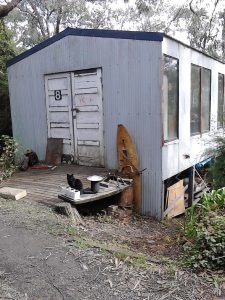
Very early on, I learned, if you want people to take you seriously, your career as an artist is only as serious as you take it. You either work at it, as a job, putting in “regular” hours, or “occasionally” as a hobby. Its either a hobby, or your job. As a working artist its about working on your art day by day, as well as, marketing your art in all areas.

I think every artist needs a website! With some hard work in the initial stages of setting up your own website, it’s always, worthwhile, getting your art online. In your own space you can do anything.

Exposing your art online, helps promote and gets your work seen worldwide by potential collectors, gallery directors and other artists for collaborations and projects. Remember though, you are also competing with millions of other artists artwork, as well. So, your website, which is your online creative space, has to be place where, people will want to stop and spend time.
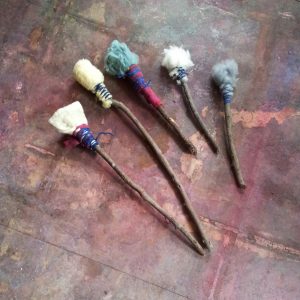
After the initial set-up of my own website, with the generous help of several family members, (who I am forever grateful too) I then, had to put in the hard yards myself and learn the rest. I did many courses, tutorials and googled everything, I wanted to know. I soon found out, it’s not just a matter of making the website, uploading your artworks and sitting back, waiting for sales to walk out the door. Sounds great! But, it doesn’t usually work that way.

You have to work really hard on your arts business and take it seriously. Mostly on a daily, or weekly basis, promoting, marketing, photographing artworks, descriptions, layouts, seo, meta tags, as well as, getting your website seen in many areas, including search engines.

Social media is one way of getting your website seen if you post regularly. A Facebook business page, Twitter and Instagram account will help you get a following, who in turn, may visit your website to find out more.
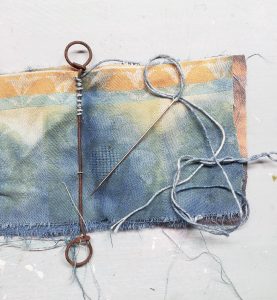
Create newsletters, blog posts set- up exhibitions and share your art life with others on your website. Network and collaborate with other artist’s on forums and in art groups.
On your website and social- media sites, its good to share, how you make your art, your challenges, your successes. Make it real! This will build up a following of people who are genuinely interested in your art, and, in what you do. People want to trust and get to know an artist, before they buy online.

Unless your famous, well known, or an established artist, picked up by reputable galleries, as a working artist, you really need to learn, how to diversify with your art.
It may not suit every artist, but, if you want to make a living from your art, these days, you need to be a creative business person too. Be open to, exploring other creative avenues, for sales and work. Your bread and butter money. This can be done alongside making, your more, serious gut- felt work for exhibitions and projects
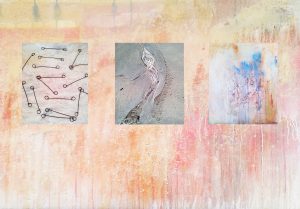
My bread and butter online websites Outlook8studio, Strazz and Atelierinparis I do have a vintage shop, as well, Nostalgi but, after 8 years of being on Etsy, I am in the process of downsizing all shops and combining some together. Many thanks to some wonderful business advice, I received from Penny! at Sparrow Savage recently.

When uploading your artwork images onto your website, always make sure your photographs are professional looking, not blurred and as close possible to the colours in your original artwork. After-all, it’s your photographs that sell your art, online.
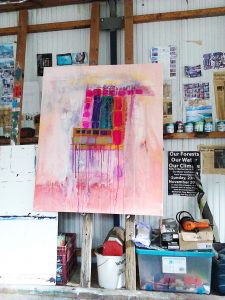
Great customer service is a must! Quickly answer any questions and concerns your customer may have. Don’t argue with your customers and be polite. If you do come across a problem, try to stay calm, cool and business- like, in your correspondence with them. They will eventually go away, but a bad business reputation won’t online.

Packaging your artwork. Wrap your artwork professionally. I like to include a hand- signed “Certificate of Authenticity” (A statement that a work of art is genuine) with my artworks. To package small to medium size paintings on stretched canvas, I first wrap layers of acid free, tissue paper around the painting, then cut out a piece of stiff cardboard for each side. Bubble wrap it all, then pop the package into a custom- made box. A “thank you” note and instructions on how to look after the artwork, included in your package, goes a long way. Remember to slip in some extra business cards too, that can be passed onto other potential collectors/customers.
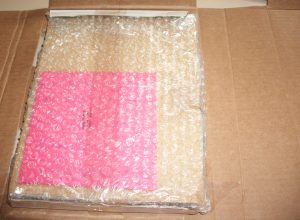
If your artwork needs to be framed behind glass, I would suggest using, crystal clear perspex instead of glass. It looks like glass and is much safer and lighter, to ship, especially internationally, without the costs of breakages.
Once you get used to having a website and a presence online. It does get easier and is not so overwhelming. You may find by having your own website, it will open up a whole new world of opportunities for you and your arts business as well get your your artwork sold and out of the studio.
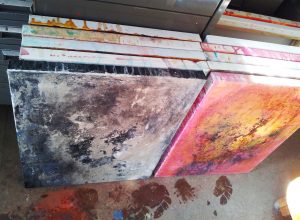
What do you do to get your art seen online?



